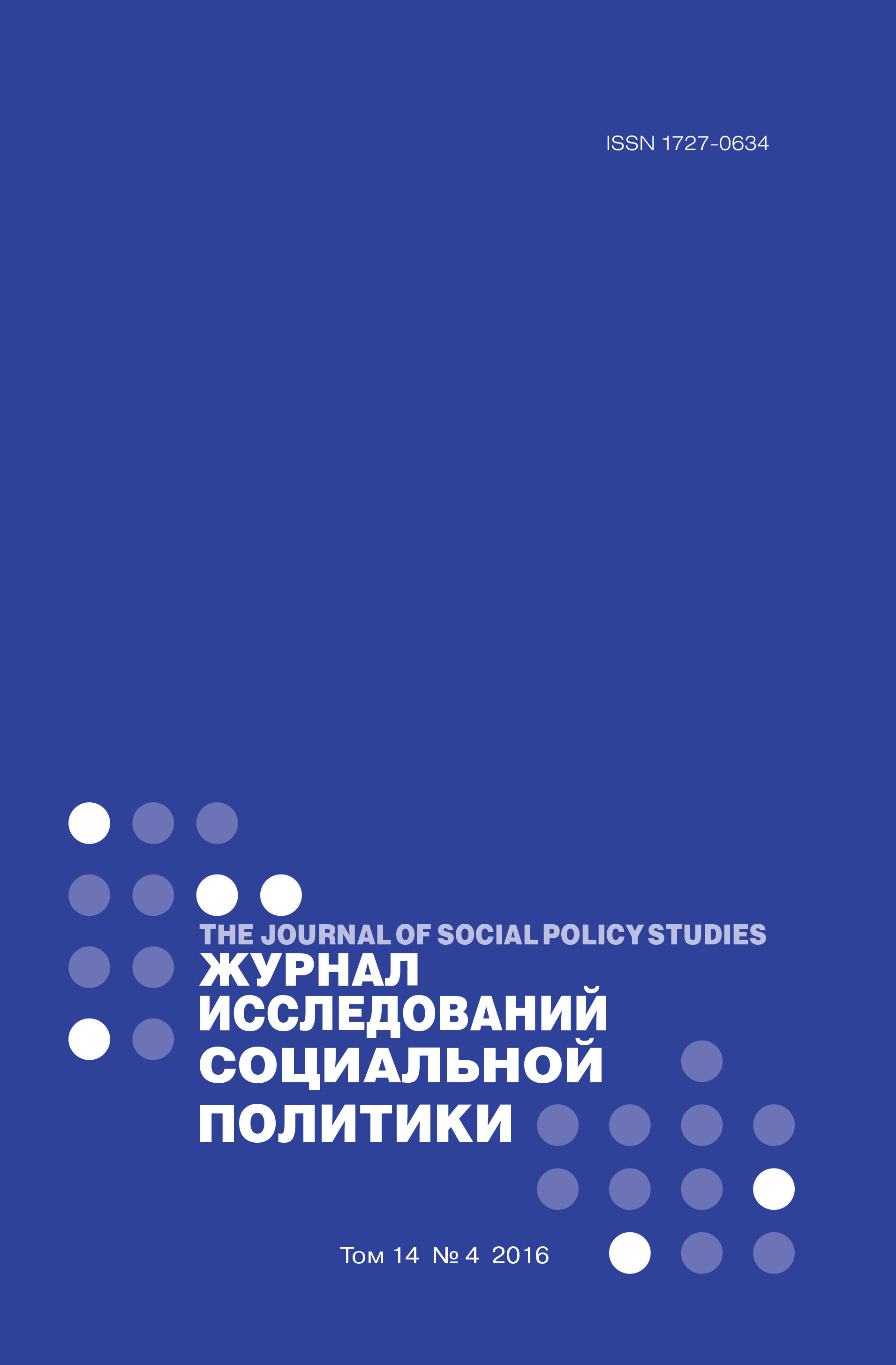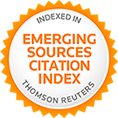The Challenges and Future Prospects for Monitoring Children’s Participationwithin the Context of the 'National Strategy for Action in the Interests of Children 2012-2017'
Abstract
This article focuses on the creation of a new monitoring system and evaluates how the 'National Strategy for Action in the Interests of Children 2012–2017' has been implemented. This is the first time in Russia that a strategic document has emerged underlining the importance of children’s participation. However, the current system of monitoring the National strategy does not contain any clarification of what criteria will be used to measure the success of the strategy. A review of reports from Russia’s regions on the implementation of this National Strategy provides evidence that a rather formal approach has been employed. In terms of children’s participation, the implementation of the National Strategy requires the development of conceptual provisions and using methods to trace the development process of children’s participation in decision-making for authorities, as well as the employees of educational institutions. This paper offers a new method to monitor the involvement of children in decision-making, which is characterized by information sources, the main quantitative and qualitative indicators and benchmarks that measure how well the goals of the National Strategy are being achieved. This research also employed performance assessment to increase the participation of children in decisions affecting them, both in Russia and in other countries. This article is based on data from a project implemented by authors commissioned by UNICEF. Special attention is paid to children’s participation at the level of educational institutions and municipalities. The article presents the results of several sample surveys, including those that provided information on involving children more in decision-making during school time. The definition of the indicators used in evaluation is based on data from official statistics, as well as interviews with experts and children. The monitoring system used in the National Strategy needs to be updated due to an expansion programme in official statistical reporting and reflection conducted in the framework of the monitoring sample surveys of children. The method proposed in this research takes into account the priorities that are the basis upon which the system of indicators and monitoring tools were built. These priorities include giving children the chance to express their opinions; allowing free access to information; establishing feedback mechanisms; addressing the needs of children in law and justice; providing children with access to economic resources; involving children in the construction of civil society; shedding light on the active political stances of children and the media; tracing the influence of children on the process of political decision-making; establishing child-headed households; and the development, collection and analysis of statistical data on children.















